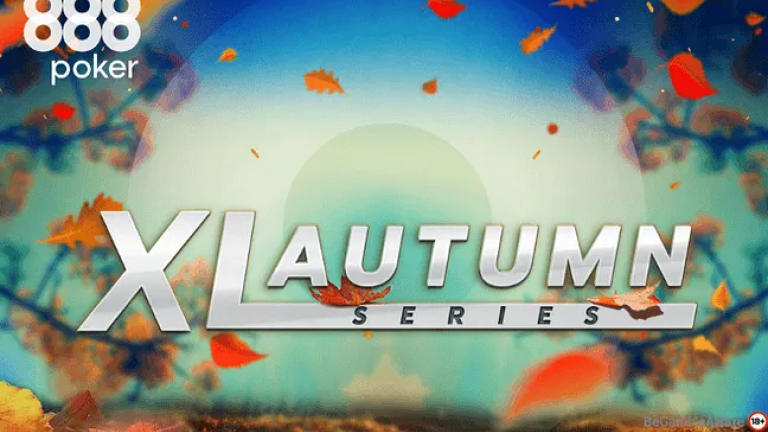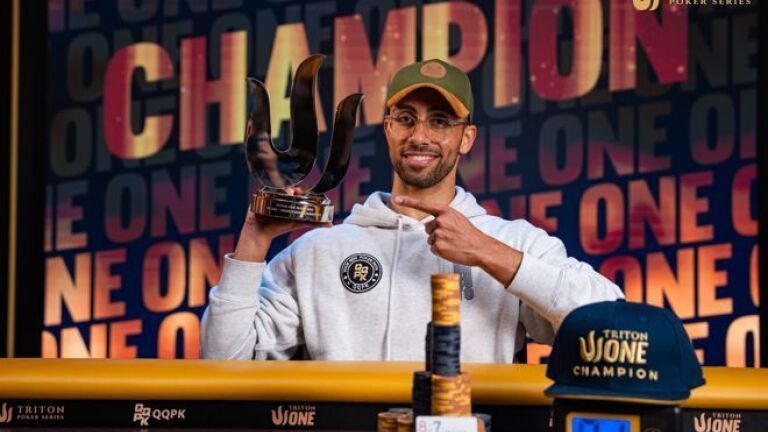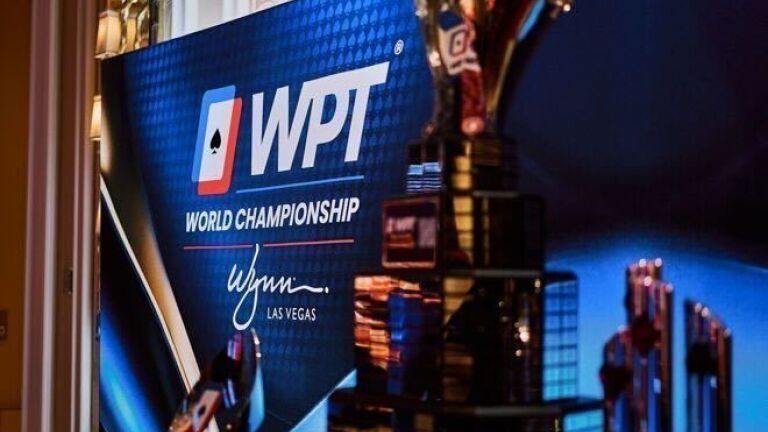Beginners often struggle to find raises on the last street, both for value and as a bluff. This is primarily due to autopilot play and the lack of comparison of EVs for certain moves on the river. An air hand is always a check-fold, a bluff catcher is always a check-call, a value hand is always a bet, etc. However, sometimes a hand has excellent bluffing characteristics, or another is even more valuable as a check-raise. Continue reading if you'd like to discover the nuances that could massively add to your winrate.

Effective river check-raising
First, we need to determine which hands are good candidates for value raising. Of course, the bluffs come along. When you have value raises, you'll naturally have bluff candidates as well. This section will explore what factors you should consider in both cases.
Let's start with value hands! The question is which hands we want to slowplay and, most importantly, why?
Raising for value
First, of course, you'll need to choose a hand that's strong enough to valuebet (and raise). Second, you need to consider the blocker characteristics of your hand. Usually, we'd like to block Villain's check-back range because it makes it more likely she will bet since she has fewer cards combinatorically that would opt to check.
For a better understanding, let's see some examples:
BTN opens 2,5bb, and we defend  K
K  Q by calling from the BB. Flop comes
Q by calling from the BB. Flop comes  Q
Q  T
T  3 , and our opponent c-bets 1/3 pot that we call. Turn is the
3 , and our opponent c-bets 1/3 pot that we call. Turn is the  7 , and the action goes check-check. The river gives us the nut flush with the
7 , and the action goes check-check. The river gives us the nut flush with the  A . As the primary candidate that Villain would check-back are the 2nd pairs with the Q, it seems like a pretty good idea to check flushes that also contain a Q. We check, BTN bets 2/3, we raise big, and BTN makes the call after a long thanking with AT for two pairs.
A . As the primary candidate that Villain would check-back are the 2nd pairs with the Q, it seems like a pretty good idea to check flushes that also contain a Q. We check, BTN bets 2/3, we raise big, and BTN makes the call after a long thanking with AT for two pairs.
In the second example, we have  A
A 3 on the BB and decide to call CO's 2,2bb open. The flop comes
3 on the BB and decide to call CO's 2,2bb open. The flop comes  K
K  3
3  5 , CO c-bet 1/3, and we call. The turn card is
5 , CO c-bet 1/3, and we call. The turn card is  3 , and the action goes check-check. The river brings the
3 , and the action goes check-check. The river brings the  J , and we decide to check again. So, the idea is that Villain would check back most ace highs, concluding that having an ace increases the chances our opponent has another combination (a hand that might reopen the spot).
J , and we decide to check again. So, the idea is that Villain would check back most ace highs, concluding that having an ace increases the chances our opponent has another combination (a hand that might reopen the spot).

GTO solution of the example above, value check-raises on the river highlighted with yellow circle
The examples are very specific to 1-1 certain hands, but you can widen your horizons by examining the whole range of Villain and finding other hands that have a high probability of checking back, so you can add more strong holdings to your raising range.
Bluff-raising
Naturally, your raising range will also include bluffing hands, and it's a very effective way to improve your redline. Without bluffs, your opponents would have zero reason to pay your value raises (which is kind of the reality of nowadays low-stakes poker).
When bluffing, we want to unblock Villain's bet-fold range, so hands that autofold or are pure bluffs. At the same time, we'd like to block most of the nutted hands and possible bluffcatchers, hands that always or sometimes call us. If you find hands that have the best blocker characteristics in these aspects, they will be the best bluffing candidates.
Let's see some examples of good spots and suitable candidates to bluff with:
CO opens 2,2bb, and we call KdTs from the BB. The flop comes  A
A  5
5  2 , and the action goes xx, then the turn brings the
2 , and the action goes xx, then the turn brings the  8 . We decide not to bluff our hand here as it's not the best candidate to choose for bluffing. Our opponent fires a 2/3 pot delayed c-bet, and we elect to float our hand with a minor SD value and as a possible bluffing candidate on certain runouts. The river is the
8 . We decide not to bluff our hand here as it's not the best candidate to choose for bluffing. Our opponent fires a 2/3 pot delayed c-bet, and we elect to float our hand with a minor SD value and as a possible bluffing candidate on certain runouts. The river is the  T , and Villain bets again 2/3 of the pot.
T , and Villain bets again 2/3 of the pot.
While we have a bluff-catching opportunity as we make a second pair, we should also compare the EV with other actions. Notice that the Kd is an exquisite hand as it unblocks most of Villain's bluffing range (mainly because he would bet most of those off-suit hands on the flop already), and at the same time, it heavily blocks Villain's value range (at least the top of it, the backdoor flushes). Moreover, hands that are strong enough to call a check-raise are also likely to contain the Kd either as a made flush or as an excellent blocker to the nut flush. Having this card reduces the likelihood of getting called by a fair margin. Our other card is also a great hand to have here because it's improbable our opponent would turn a T (2nd pair) into a bluff, but she could valuebet a hand that improved on this card (mainly AT for two-pair and occasionally TT for set).
So we fire a huge check-raise on the river, and our opponent quickly folds.
In our second example, we hold  K
K  J on the BB, facing a 2,5bb open from the BTN, and we decide to call this time. The flop comes
J on the BB, facing a 2,5bb open from the BTN, and we decide to call this time. The flop comes  8
8  8
8  3 and Villain c-bet 1/3, possibly with her entire range. Our hand is strong enough here to continue, so we elect to peel at least one street. The turn is the
3 and Villain c-bet 1/3, possibly with her entire range. Our hand is strong enough here to continue, so we elect to peel at least one street. The turn is the  4 , and the action goes check-check. On the last street, the
4 , and the action goes check-check. On the last street, the  comes, and we notice that our K-high is a pretty bad bluffing candidate (it has some SD value, blocks Villain autofolds, etc.), so we check. Villain, however, decides to reopen the action with a 2/3 pot bet.
comes, and we notice that our K-high is a pretty bad bluffing candidate (it has some SD value, blocks Villain autofolds, etc.), so we check. Villain, however, decides to reopen the action with a 2/3 pot bet.
If you think about it, this is pretty good news for us. Our hand unblocks Villain bet-fold region, as it's doubtful to reopen with any Kx hand as a bluff. Moreover, the K is probably the best hand to have here as a bluff from our entire range. We put a hefty raise, and our opponent folds after using her whole time bank.
Summary
As we have seen, river check-raising is a very effective play to increase our winrate. We can earn another bet with our best hands from Villains' thin value/bluff region and multiply the size of the pot when they have a strong hand, too. On the other hand, we can make our opponent fold both value and bluff hands (that would beat us at showdown) by carefully choosing our check-raise bluffs based on good blocker characteristics.
When you consider slowplaying your strong value hands, you should aim to block Villain's check-back range. When you want to bluff, you would like to unblock Villain's bet-fold region, as in the examples above.
Hopefully, you found this article helpful; good luck trying your new weapon on the river!















0 comments